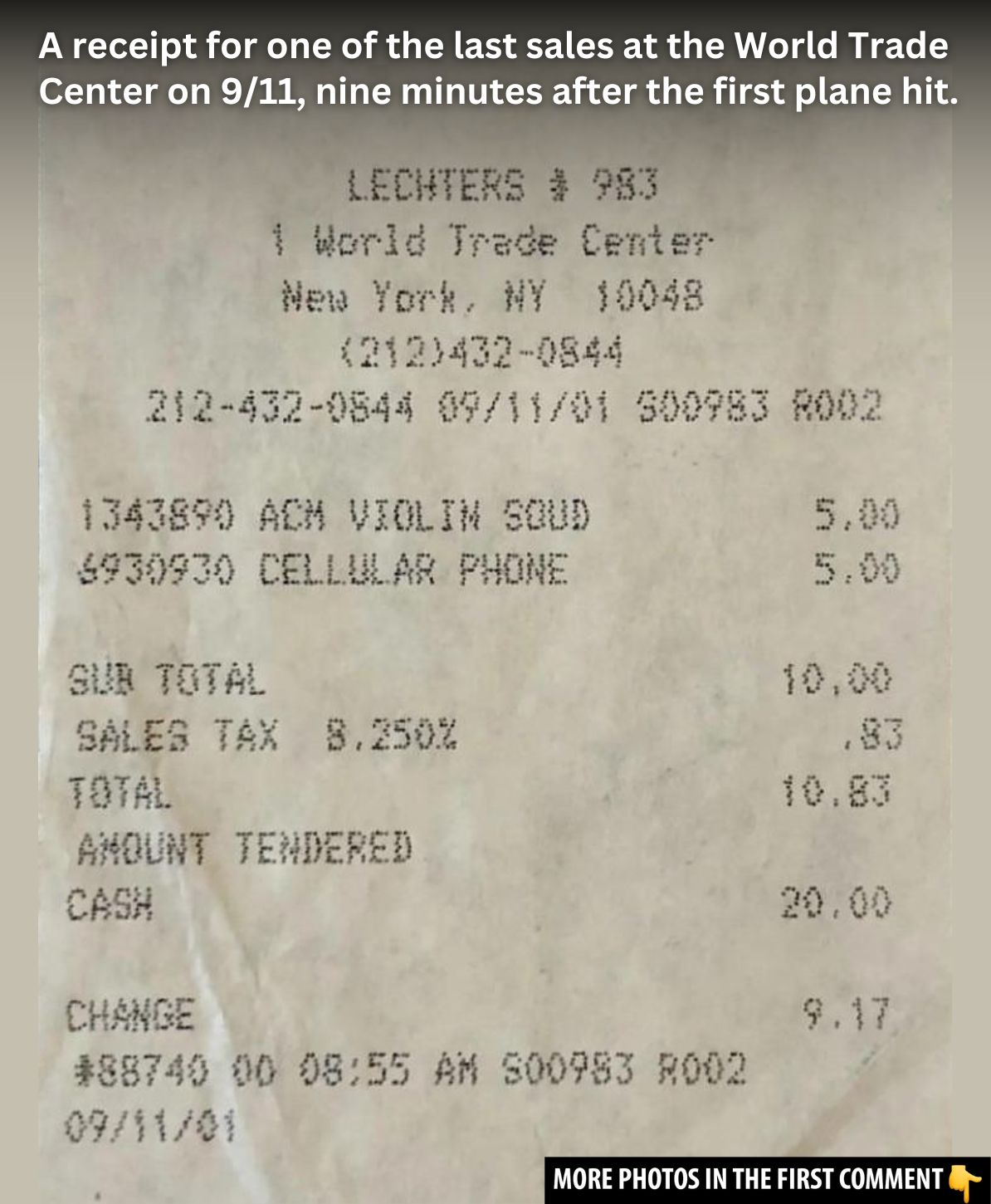September 11, 2001, is a day forever etched in the memory of millions worldwide. For the United States, it was a day that began with promise but ended in unimaginable loss and grief. The morning started just like any other, but by the afternoon, the country was reeling from an unprecedented terrorist attack that would leave an indelible mark on both the U.S. and the world. From the collapse of the Twin Towers to the fight on Flight 93, the events of that day forever altered global history. This article takes a look back at the day through the images that captured the devastation, the courage, and the tragedy of one of the most impactful events in modern history.
The Attacks Unfold

The terrorist attacks of September 11 were coordinated by the al-Qaeda terrorist group, led by Osama bin Laden. Early that morning, at 8:46 AM, American Airlines Flight 11 crashed into the North Tower of the World Trade Center in New York City. The nation, still in shock, tried to comprehend what had just happened. Within minutes, news reports flashed across televisions, showing the damage caused to the iconic skyscraper. Many initially thought it was a tragic accident.

However, just 17 minutes later, at 9:03 AM, United Airlines Flight 175 struck the South Tower. By then, the nation realized that this was no accident. It was a deliberate attack. As these horrific events unfolded, the world watched in horror. At the same time, a third plane, American Airlines Flight 77, crashed into the Pentagon, the heart of the U.S. military. In Pennsylvania, the fourth plane, United Airlines Flight 93, crashed into a field after passengers heroically fought back against the hijackers. This was no ordinary day.
Video
Watch this video capturing moments on top of the World Trade Center in 2001.
The Collapse of the Towers
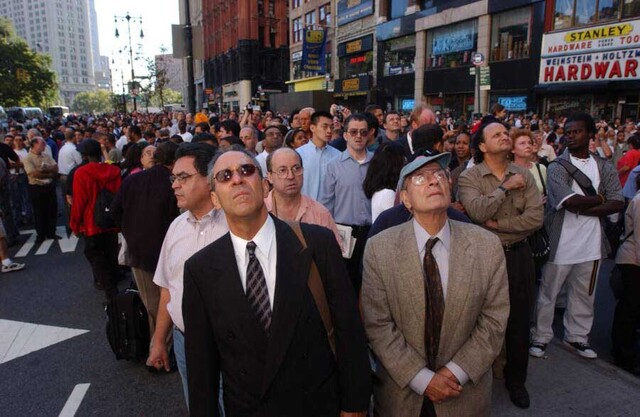
The destruction of the Twin Towers was the most visible and heart-wrenching consequence of the attacks. As smoke billowed from the buildings, an eerie silence spread across New York. People on the streets watched in disbelief as the once-mighty towers, symbols of American prosperity, were engulfed in flames and eventually collapsed.
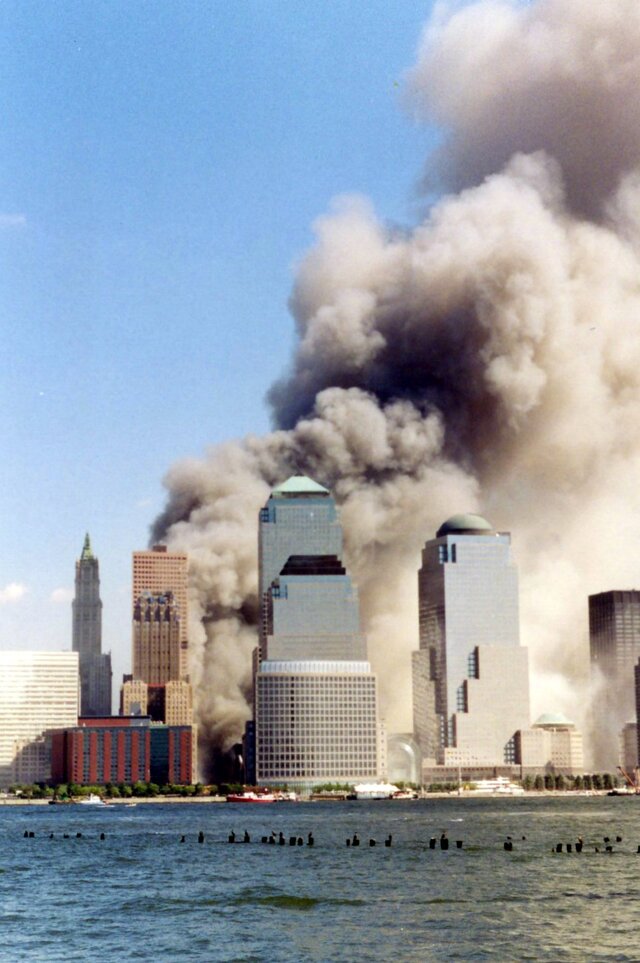
At 9:59 AM, the South Tower, weakened by the impact and fire, collapsed into a cloud of dust and debris. The North Tower followed soon after, collapsing at 10:28 AM. The buildings that had once stood as beacons of global finance were now nothing but rubble. The human cost was staggering. More than 2,700 people died in New York City, including 343 firefighters and 71 law enforcement officers who risked their lives trying to save others.
The Aftermath
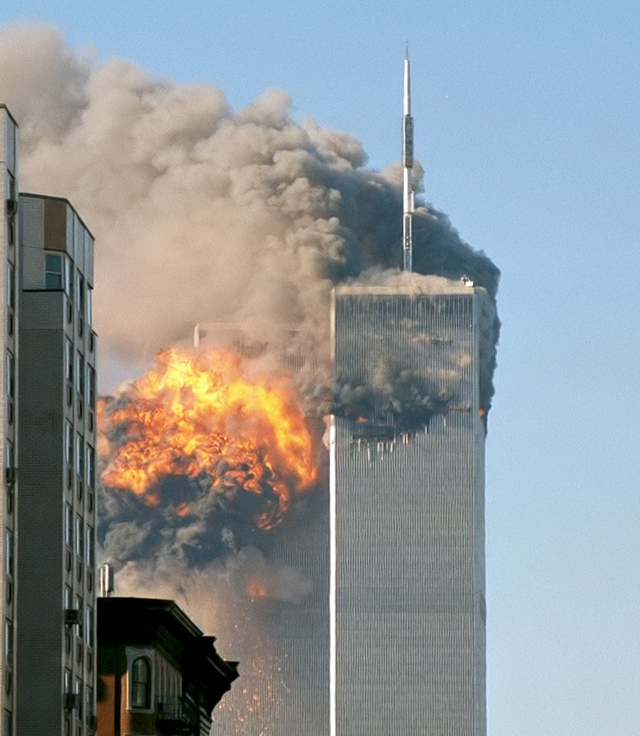
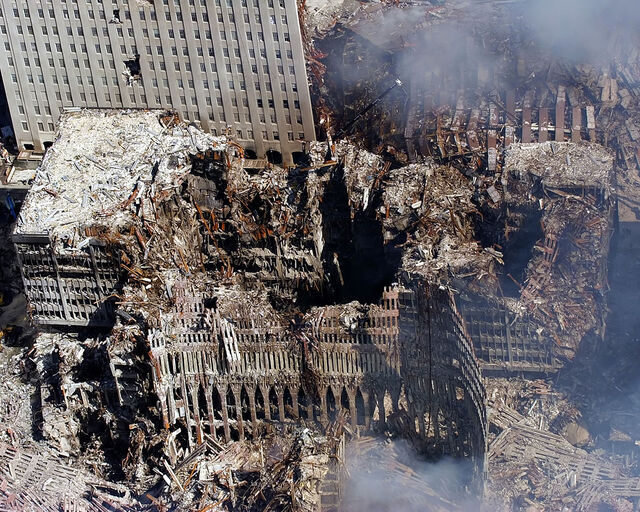
The immediate aftermath of the 9/11 attacks saw a massive loss of life and left a city in ruins. The financial toll was immense, with the destruction of the World Trade Center and nearby infrastructure dealing a significant blow to New York City’s economy. Stock markets were closed, and businesses were paralyzed. The psychological and emotional impact was also profound. Families lost loved ones, and the world had to confront the brutality of terrorism.
The attacks also led to the most significant changes in U.S. security policies. The creation of the Department of Homeland Security, the introduction of the USA PATRIOT Act, and the tightening of airport security were some of the immediate steps taken to ensure that such an attack would never happen again. The long-term effects, however, were felt globally. The world had to rethink its approach to terrorism, intelligence sharing, and military strategy.
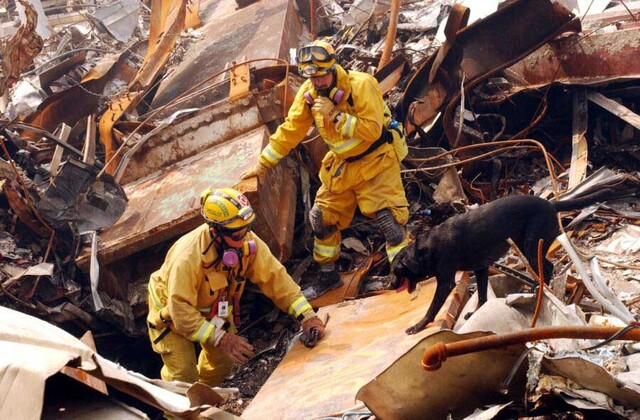
The Global Response
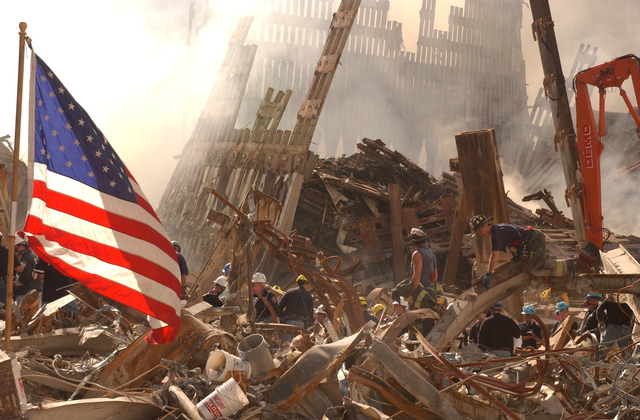
The scale of the 9/11 attacks prompted a global response. Countries around the world condemned the attacks, and solidarity poured in from all corners of the globe. But the United States’ response was swift and resolute. In the days following the attacks, President George W. Bush announced the beginning of the War on Terror. This marked the start of military interventions in Afghanistan, aimed at dismantling al-Qaeda and removing the Taliban from power. The response also led to heightened security measures worldwide.
The international community, while shocked, recognized the need for a united front in combating terrorism. Diplomatic relations shifted, and nations began working together more closely to share intelligence, strengthen border security, and prevent future attacks.

The Hunt for Bin Laden
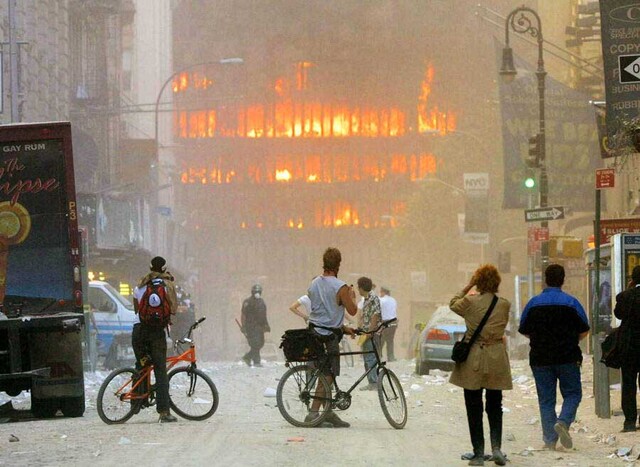
The mastermind behind the 9/11 attacks, Osama bin Laden, became the primary target of U.S. forces. After the fall of the Taliban regime in Afghanistan, bin Laden remained elusive. For nearly a decade, the world’s most wanted man was a shadow, hiding in the rugged mountains of Pakistan. It wasn’t until 2011, when U.S. Navy SEALs located and killed bin Laden in a raid in Abbottabad, Pakistan, that the long pursuit came to an end. This marked a symbolic victory for the U.S. and provided some closure for the families affected by the events of 9/11.
Gallery: Photos from 9/11
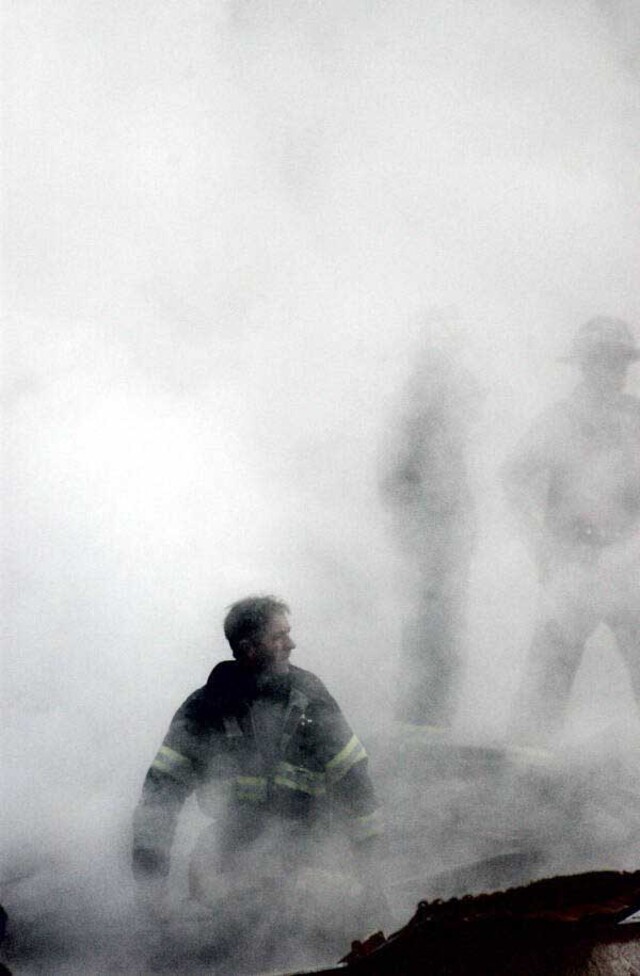
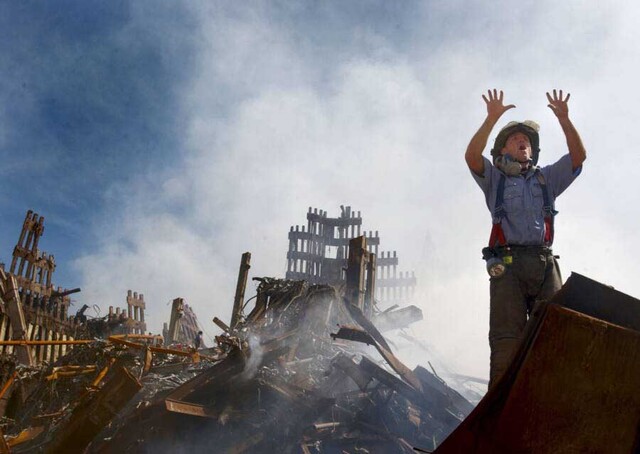
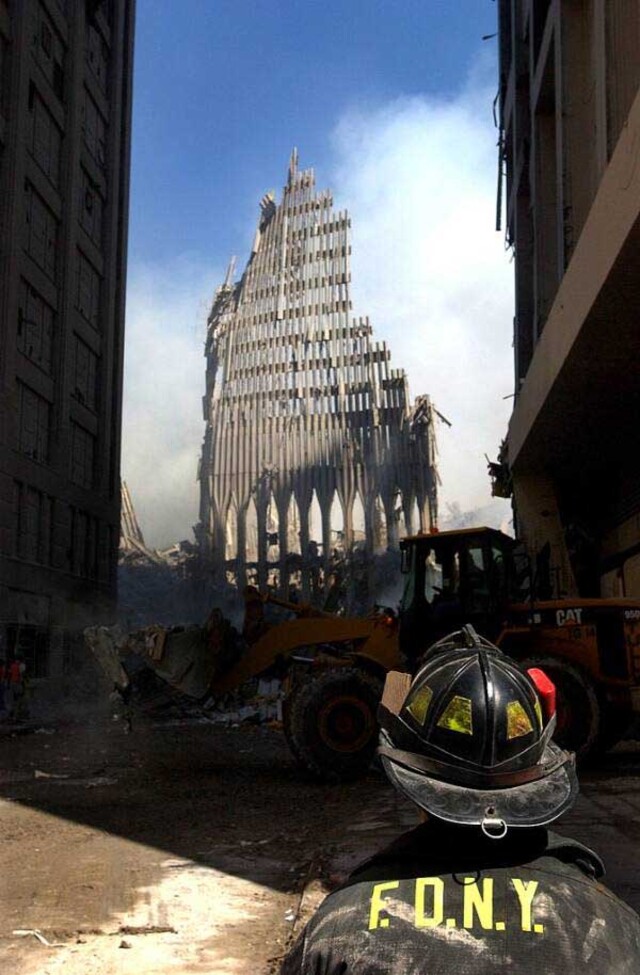
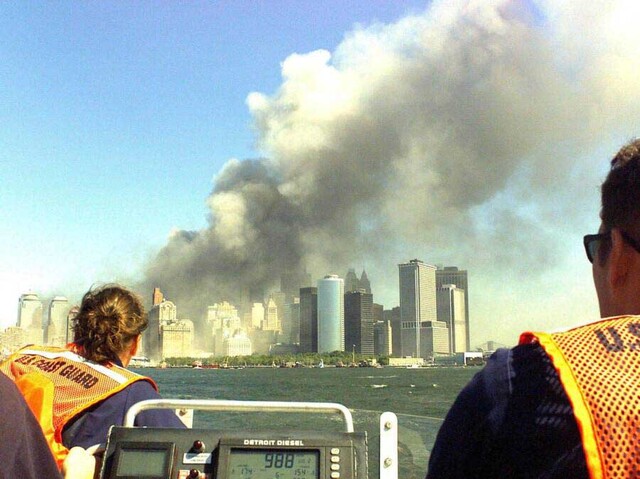
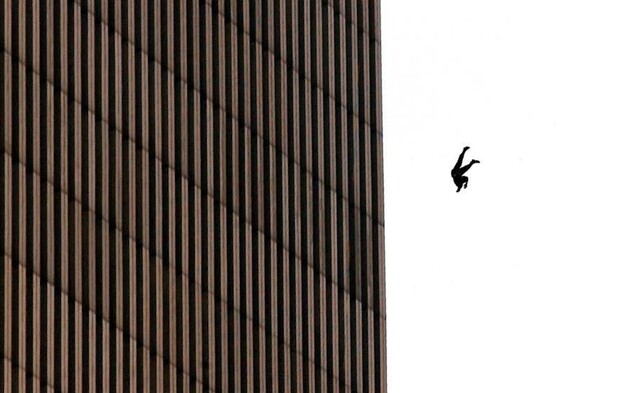


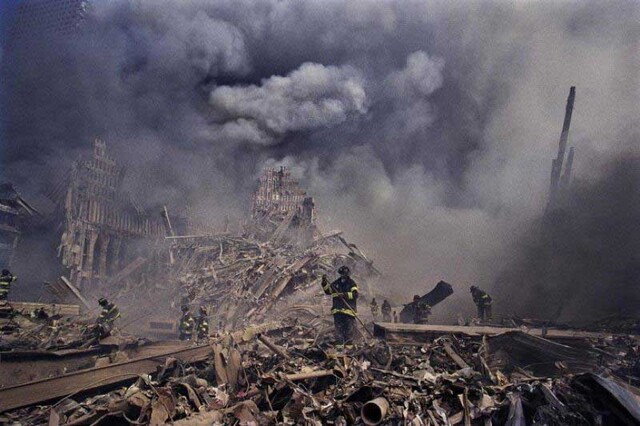
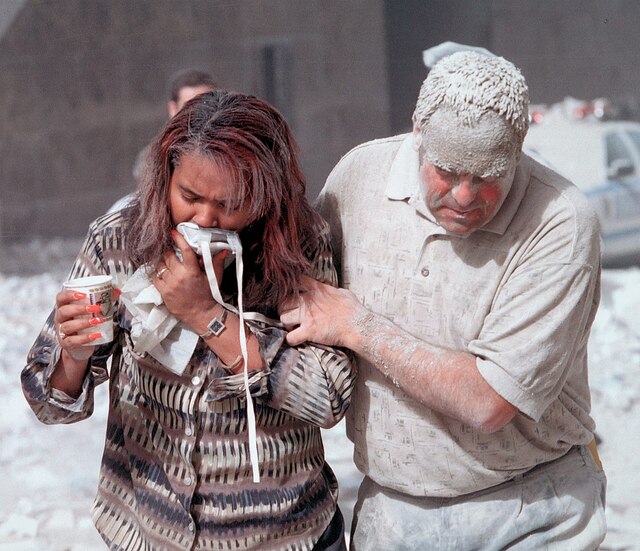
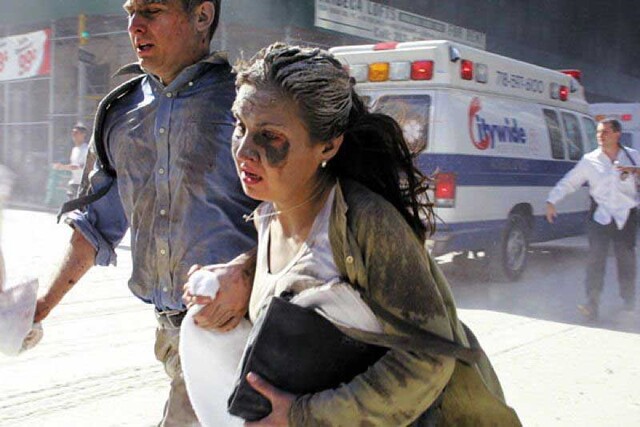
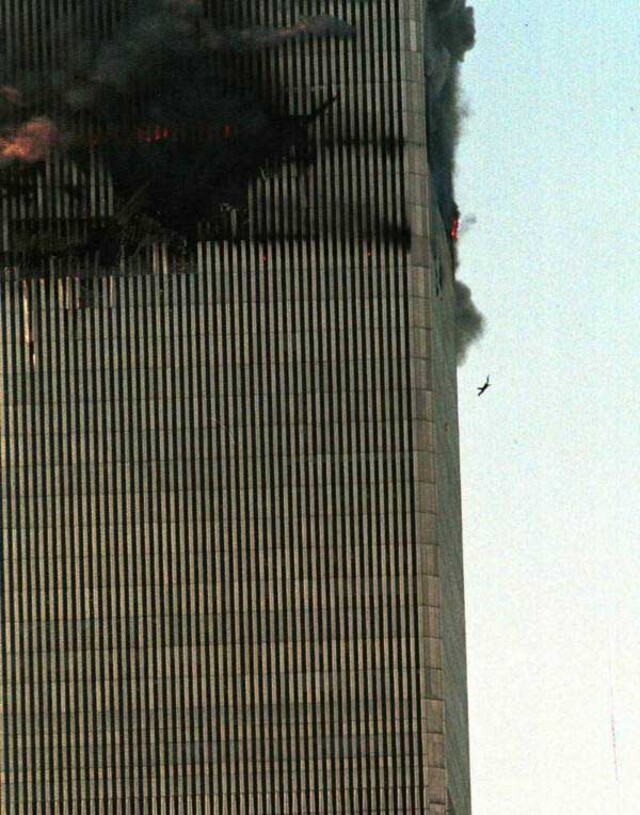
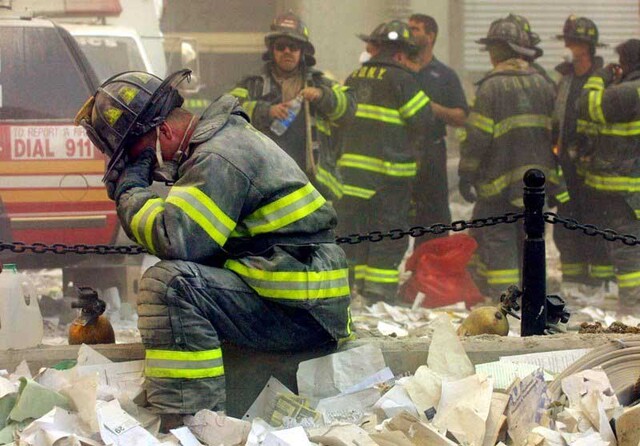
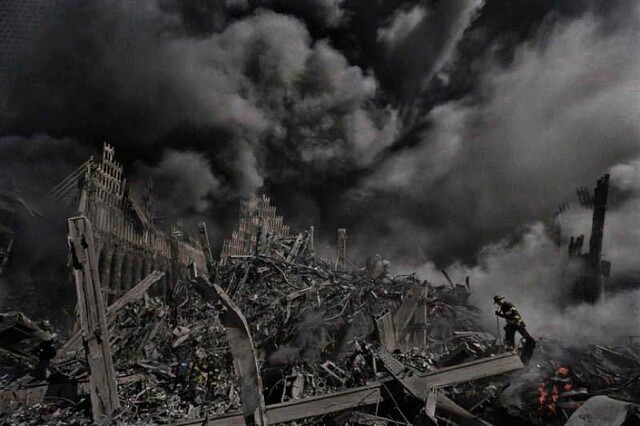
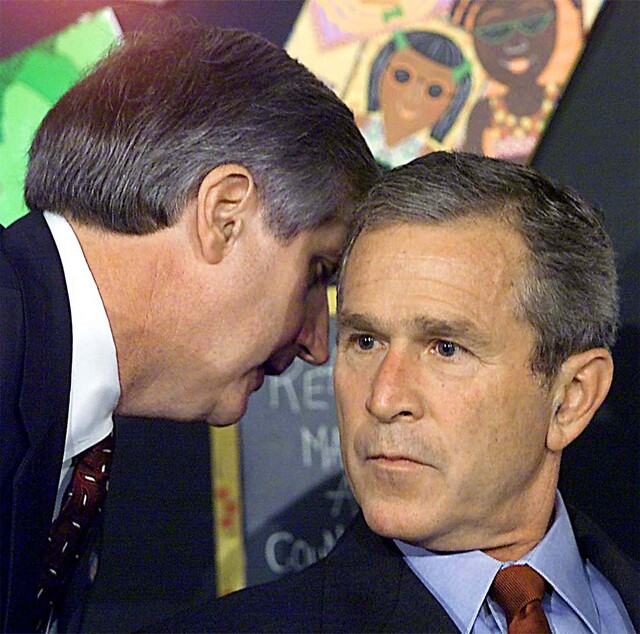
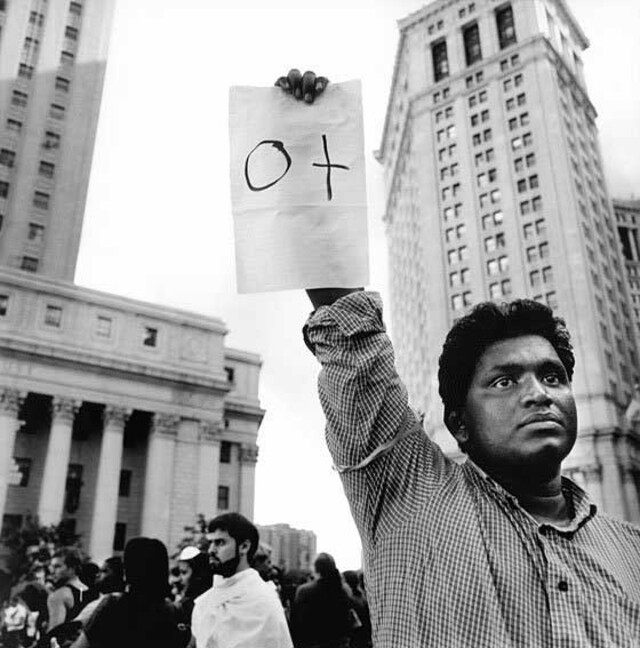
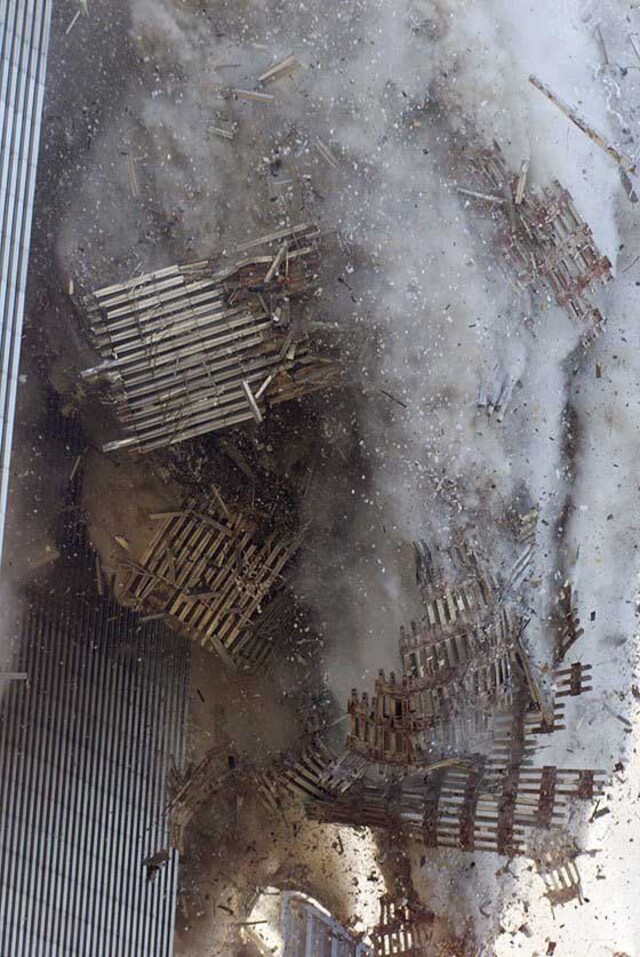
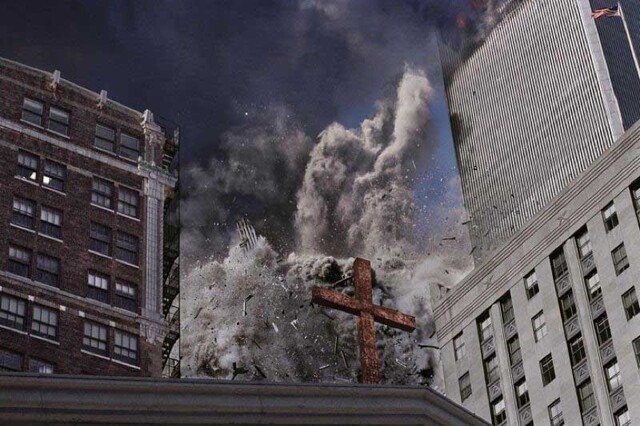
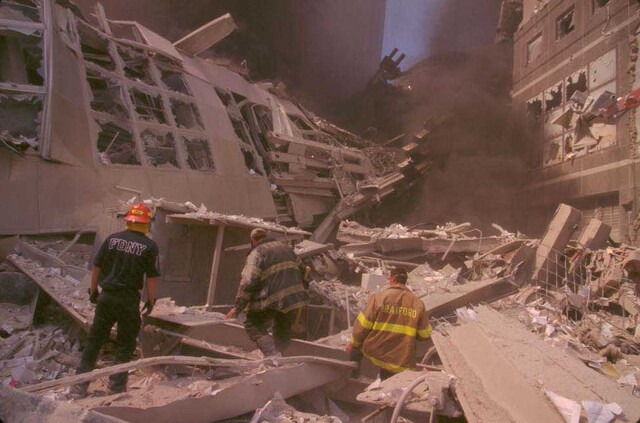
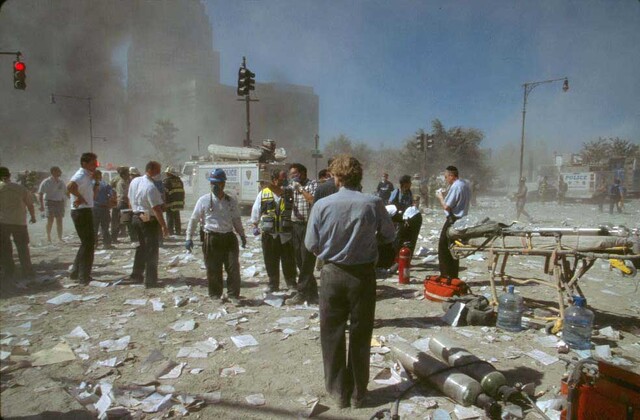

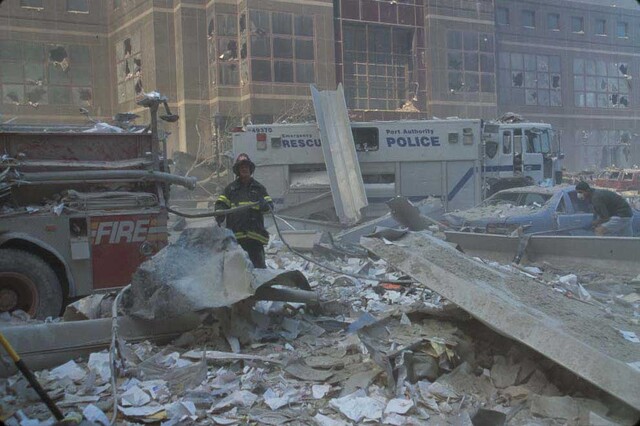
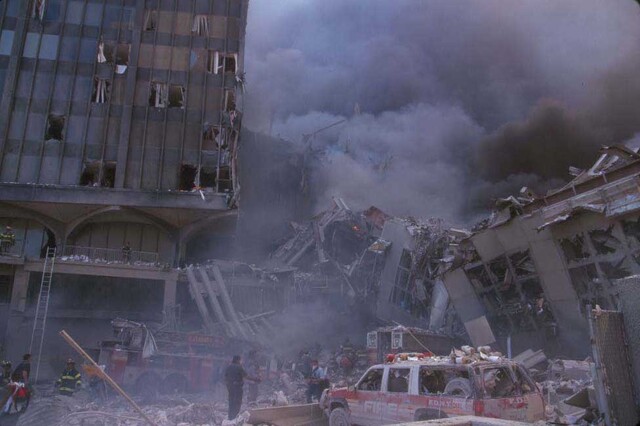
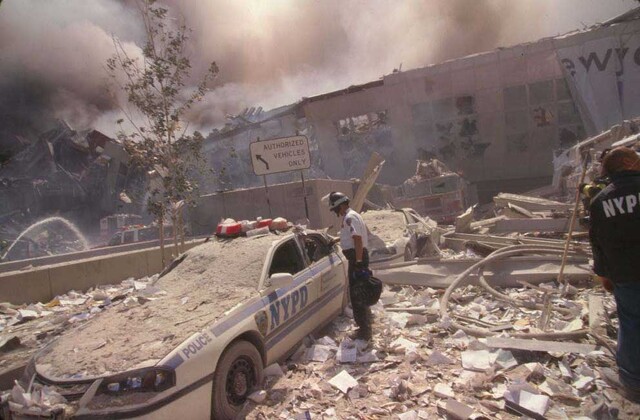

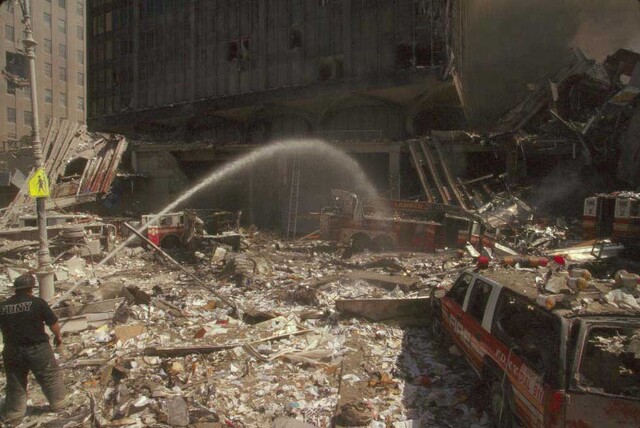
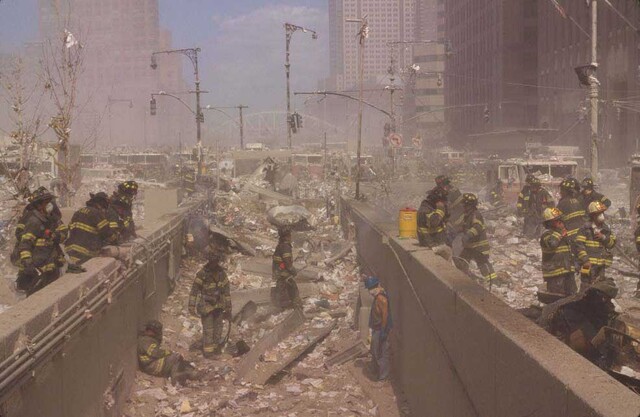
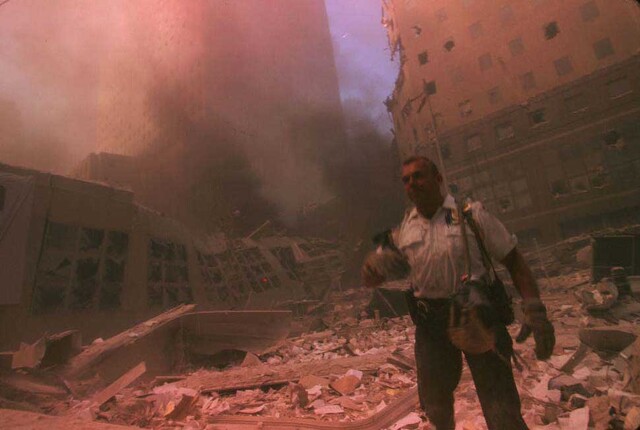
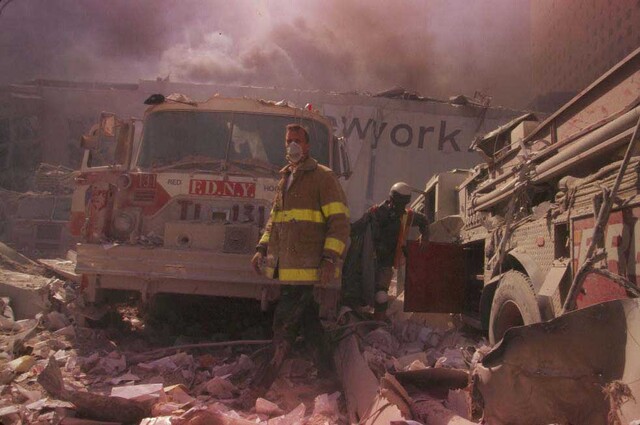
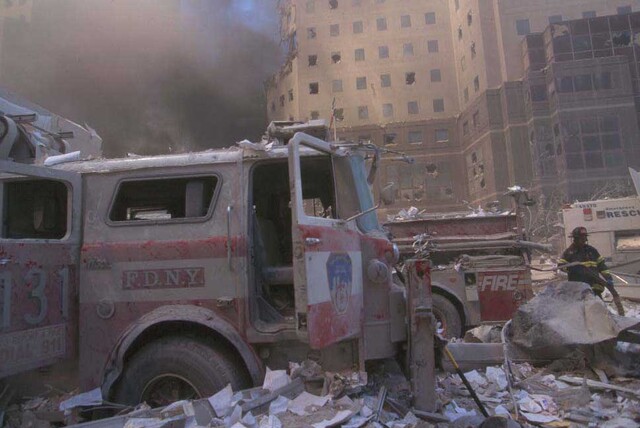
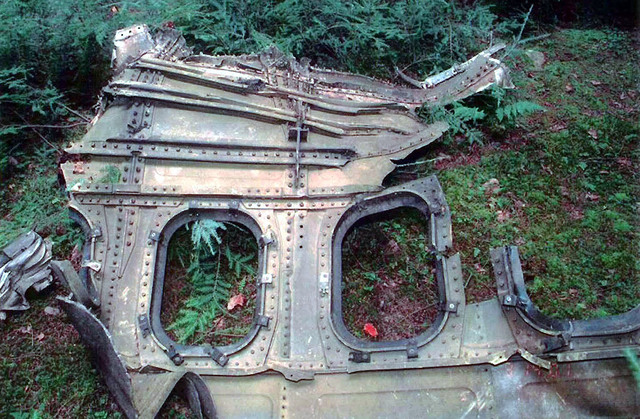
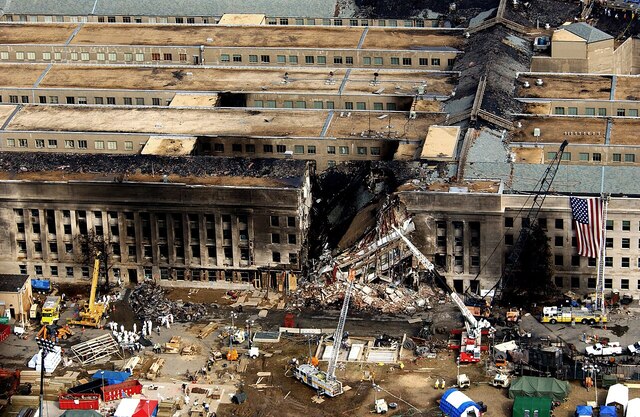
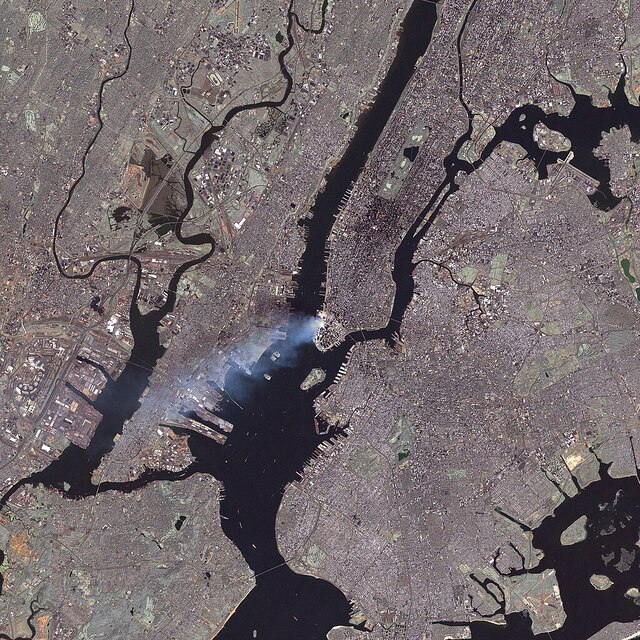
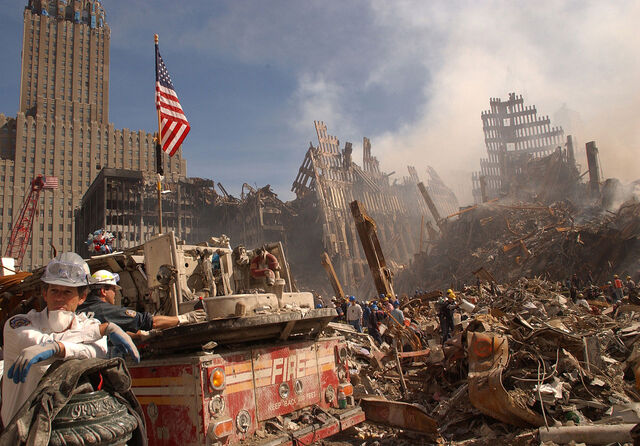
Conclusion: Lasting Impact
The legacy of September 11, 2001, is one of profound loss, but also of resilience and determination. The attacks forever altered the world’s view of terrorism and security. The global fight against terrorism continues, but the memory of 9/11 remains a somber reminder of the cost of that day. The bravery of the first responders, the unity shown by the American people, and the sacrifices made in the years that followed should never be forgotten.
As we reflect on that fateful day, we honor the lives lost, the heroes who emerged, and the global resolve to never forget the lessons learned. September 11, 2001, will forever be remembered as a day that changed the world, a day that challenged us all to stand together against the forces of hatred and terror.
Video
Watch this video featuring 18 different views of the plane impact on the South Tower during the 9/11 attacks.
